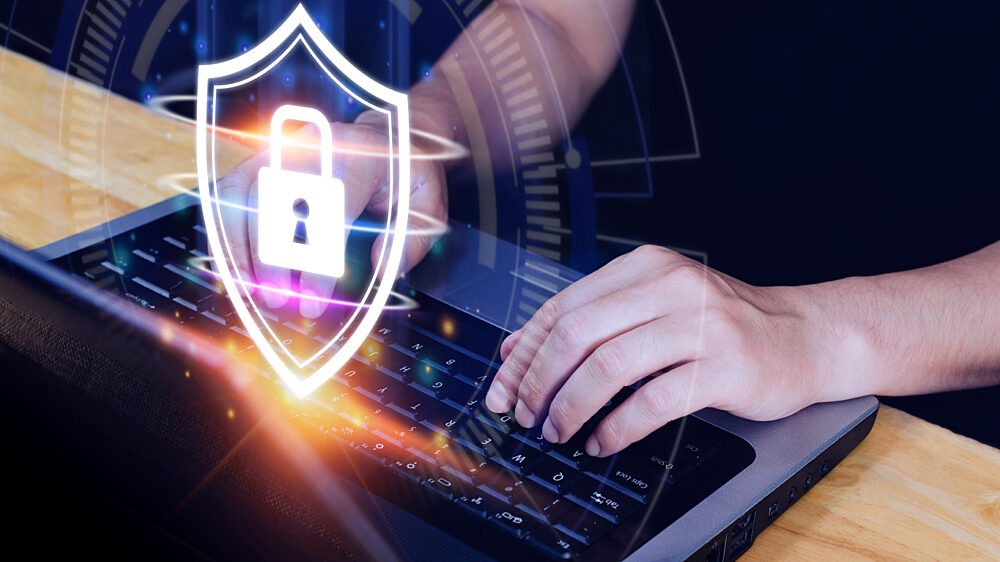As businesses adapt to the digital landscape, securing sensitive data and adhering to compliance standards have become paramount, especially for those operating in the Software as a Service (SaaS) sector. Understanding the intricacies of compliance frameworks like SOC 2 and ISO 27001, as they pertain to compliance for SaaS, is crucial for ensuring data protection and integrity. These frameworks offer comprehensive approaches to managing information security risks and maintaining regulatory compliance. Let’s delve into the distinctions between SOC 2 and ISO 27001 and their significance in bolstering cybersecurity for SaaS providers.
What is the difference between ISO 27001 and SOC 2 control mapping
When comparing ISO 27001 vs SOC 2 control mapping, it’s essential to understand their unique focuses. ISO 27001 provides a structured methodology for establishing, implementing, and continually improving an organization’s information security management system. It places a strong emphasis on risk management processes, including risk assessment, treatment, and mitigation strategies, aimed at safeguarding sensitive data from unauthorized access, disclosure, or alteration.
On the other hand, SOC 2 (System and Organization Controls 2), developed by the American Institute of Certified Public Accountants (AICPA), is designed specifically for service organizations. SOC 2 evaluates controls related to data security, availability, processing integrity, confidentiality, and privacy. It enables organizations to demonstrate adherence to rigorous security and privacy standards, particularly in managing customer data and providing SaaS solutions.
What is equivalent to ISO 27001
While SOC 2 doesn’t directly align with ISO 27001, it shares commonalities in security control approaches. Both frameworks underscore the importance of risk management and the implementation of robust security measures tailored to the organization’s needs and risk profile. Additionally, SOC 2 can be mapped to other standards such as NIST 800-53, offering a comprehensive set of security and privacy controls. This mapping ensures alignment with industry standards, enhancing overall cybersecurity posture and regulatory compliance.
What is the difference between SOC 2 and ISO 27001
ISO 27001, recognized globally, applies to organizations of all sizes and industries. It provides a systematic approach to identifying, assessing, and mitigating information security risks, emphasizing control implementation to safeguard confidential information and maintain information system integrity.
In contrast, SOC 2 focuses on service organizations’ ability to manage customer data securely. It evaluates controls related to data security, availability, processing integrity, confidentiality, and privacy, assuring stakeholders of effective security measures and data protection practices.
Understanding the distinctions between SOC 2 and ISO 27001 is crucial for SaaS providers navigating compliance requirements. While both frameworks aim to enhance information security, they have unique approaches tailored to organizational needs. By comprehending these differences, organizations can implement effective compliance strategies, safeguard sensitive data, and build trust with customers.
In conclusion, the effective management of compliance frameworks like SOC 2 and ISO 27001 is essential for SaaS providers to ensure the security and integrity of their services. By embracing these frameworks and understanding their differences, organizations can strengthen their cybersecurity posture and maintain regulatory compliance in an ever-evolving digital landscape.
Ensuring compliance with SOC 2 and ISO 27001 is vital for SaaS providers to establish trust with customers and stakeholders. By implementing robust security measures and adhering to industry standards, organizations can mitigate risks, protect sensitive data, and uphold their reputation as reliable providers of secure SaaS solutions.
By staying vigilant and proactive in compliance efforts, SaaS providers can navigate the complex landscape of information security and maintain a competitive edge in the market.


